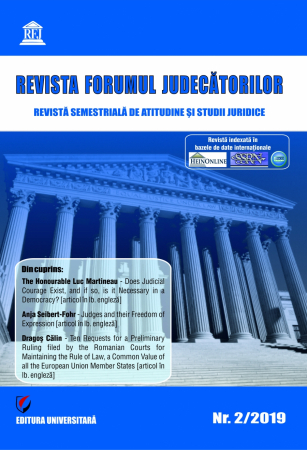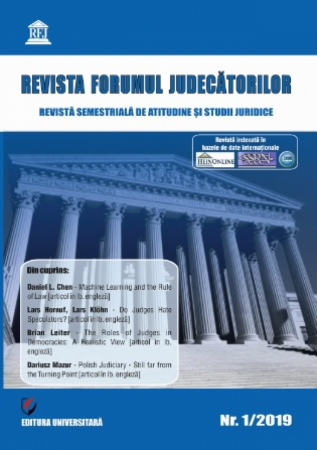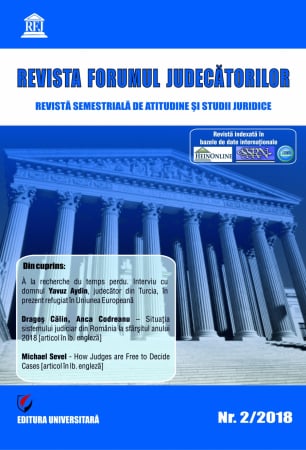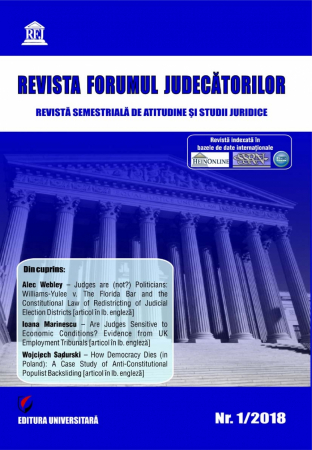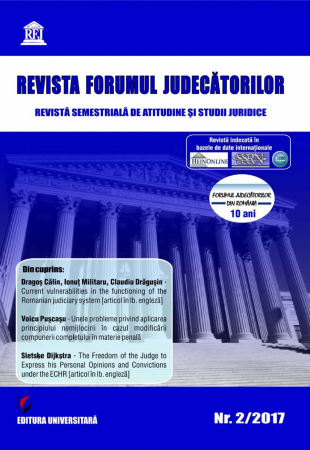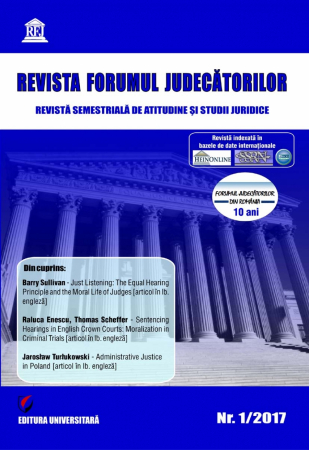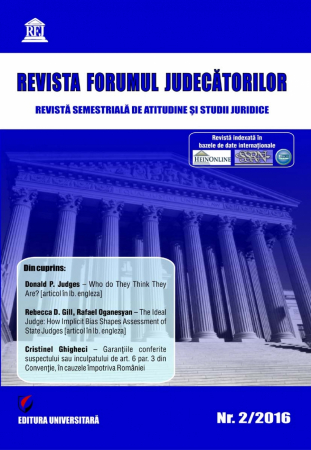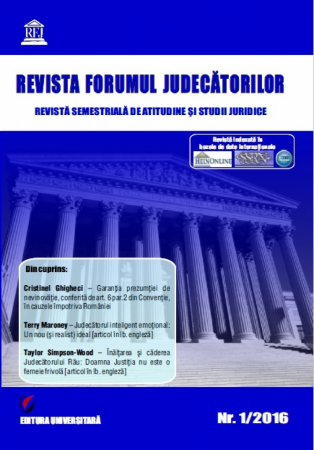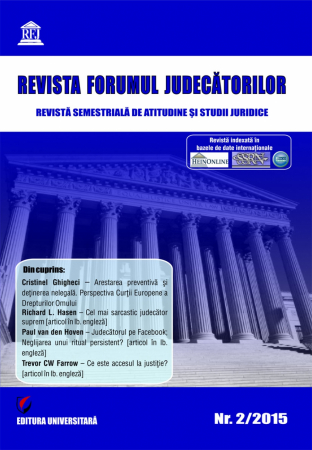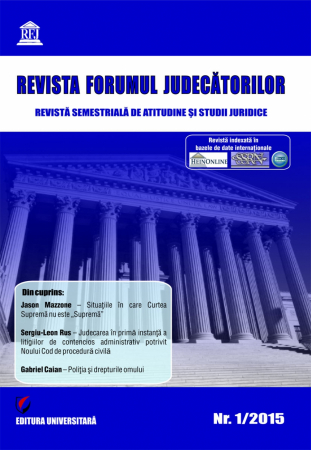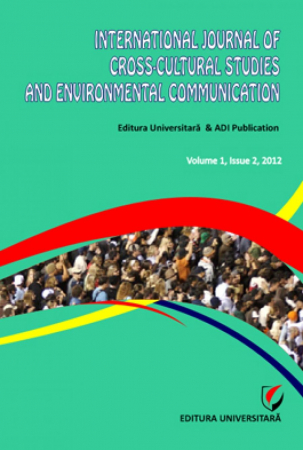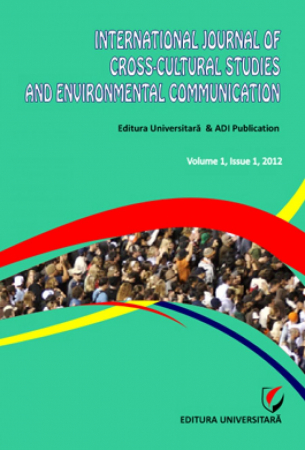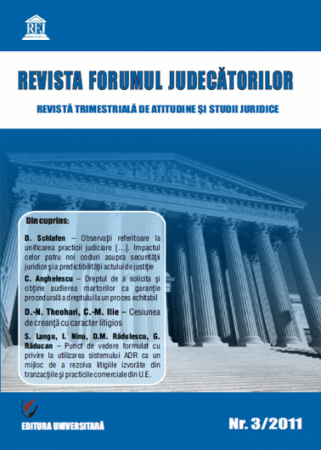ISBN: ISSN 1844-9743
Publisher year: 2012
Edition: I
Pages: 130
Publisher: Editura Universitară
Author: --
- Description
- Download (1)
- Authors
- Reviews (0)
Tourism destination management is a truly multi-faceted pursuit. This special issue of six papers draws together a number of tourism’s contemporary critical issues and pertinent challenges, based upon experience from several different tourism destination cultural and economic environments.
In relation to the structure and functioning of tourism destinations, crucial issues that are highlighted in this special number include: product development, place branding, strategic alliances, linkage of peripheral attractions, cross-border cooperation, accessibility, and infrastructure development. Sectoral foci embrace health tourism, sport, business and conventions, and culture. Destination challenges include management for disabled visitors, collaborative responses to seasonal employment problems, and infrastructure investment priority in a rapidly changing society. Physical environments encompass lowland and alpine Europe and northern India, cities, borders and winter resorts.
In their paper Product Development for Health Tourism in Alpine Regions, Christof Schalber, Anita Zehrer and Wolfgang Schobersberger examine challenges for alpine destinations in the development of health and wellness tourism products. They do this through literature review and empirical study including an online questionnaire sent to directors of alpine tourism destinations. The stated prime destination goal is to support visitors in their health consciousness and define individual measures for health support. The paper highlights several implications for destination-based product development.
Prerequisites for health tourism products in such regions range from basic and accessible natural resources to specialized tourism services and specific medical treatments. Accommodation providers, human capital and highly qualified employees are seen as most crucial in supporting the provision of specialized products and services. Such requirements can raise costs considerably above less specialized forms of alpine tourism. Close cooperation among single service providers along the destination value chain is necessary to generate a competitive advantage. At a destination level, added value can be generated by involving additional qualified local service providers such as mountain and hiking guides, Nordic walking guides and skiing instructors, by processing local agricultural products and by obtaining sports equipment from local sports shops. Thus sectors such as winter sports and mountain holidays are seen to be well placed for being combined with health and wellness tourism services. The authors conclude that such integration offers substantial development potential for alpine destinations.
The second paper, Sport and Tourism as Elements of Place Branding. A Case Study on Poland sees Adrian Lubowiecki-Vikuk and Agata Basinska-Zych focusing on the relationship between sport/tourism and place branding. They suggest that the role of sport and tourism in place branding demands greater attention in Polish public administration, and point to the potential importance of such branding for competitive advantage at local, regional and national levels.
The authors contend that Poland needs a systematic and consistent process for building awareness of a national brand, although they recognize that branding cities and regions is less problematic, with potentially lower levels of conflicting aspirations, than trying to brand a whole country. Further, improving the quality of life of local communities is seen as an important objective in the process of harnessing sport and tourism for place identity.
The Polish case illustrates how difficult place branding processes can be as an element of tourism destination management. In the case of Poland, this paper notes an absence of synergy in the actions of state bodies and the lack of a clear vision and direction of development. According to the authors, this can be partly ascribed to the fact that (at the time of writing) Poland has not yet organized and hosted any significantly large international sports events. Close attention is therefore being paid to the role of branding and (national) identity in relation to organizing and co-hosting the European Football Championship EURO 2012.
Jody Shipton and Maureen O’Crowley’s paper An Investigation on two Strategic Alliances in the Business and Convention Industry: BCGA and FCCI, seeks to determine how the alliances’ stated goals compare to those of their fifteen city destination members. Adapting Wang and Xiang’s theoretical framework on collaborative destination marketing, such critical dimensions for destination management as local area benefits and customer attendance are seen to be variable between the alliances. This case study comparative evaluation could be usefully supplemented by analyses of other such alliances.
The fourth paper, Destination Development in Amritsar – a Regional View of Peripheral Attractions, by Manjula Choudhary and Abhishek Aggarwal examines tourism development in the periphery of Amritsar city. Recent rapid growth in tourist numbers has tended to focus on the area around the city’s core attraction, the Golden Temple. By contrast, little attention has been paid to the development of potential attractions spread around the periphery of the city. Employing Gunn’s model of regional tourism planning and management, the authors set about assessing the city’s peripheral attractions and identifying clusters. From this analysis, new circulation corridors with attraction complexes have been planned, with the regional hinterland of Amritsar being divided into seven new tourist circuits. Enhanced place identity, the diffusion of employment opportunities, tourism market expansion and the prolonging of visitor stays are all envisaged in this process. The applicability of this model to other heritage walled cities is also considered.
This paper, therefore, represents an interesting example of the practical application of ‘academic’ formulation by practitioners in a rapidly developing destination context. One can envisage future developments needing to respond to changes in the balance, and thus types of demand, between international, regional cross-border and domestic visitors. The challenges that such changes may bring will offer further opportunities for the authors’ consideration.
In her detailed paper Hungary and Austria: Cooperation in Seasonal Employment, Margit Biermann addresses the interesting issue of cross-border complementarity in seasonal attractions and employment, and highlights the opportunities for international synergies and cooperation that this represents. The paper examines the perspectives of both employers and employees, and details cross-border partnerships that could act as models for destination management elsewhere. Being able to satisfy variable employment demand, reduction of seasonal unemployment, improved skills acquisition and knowledge transfer are some of the benefits highlighted as resulting from such cooperation.
Finally, the paper by Lóránt Dávid and Nicoletta Kiss entitled Destination Development and Management for Disabled People, highlights the fact that despite eight years’ membership of the European Union, the creation of equal opportunities for all people with disabilities in Hungary appears to be a long way off. The paper points to this being no less true for those wishing to participate in ‘accessible’ tourism.
A primary objective of this paper, therefore, is to draw attention to the tourism destination needs of disabled people and to the importance of developing accessible tourism for the improved health and wellbeing of both tourism destinations themselves and of their many potential visitors who are currently denied access because of disablement. Constraints on raising the participation rates of disabled people that are identified include physical infrastructure and accessibility, information availability, decision-makers’ perceptions, and appropriate product development. The authors claim that disabled visitors tend to travel away from home for longer than average periods, and that this should be an important factor for destination managers to consider.
The paper goes on to examine the development of a Hungarian ‘ability park’ as a case study example of good practice. The authors conclude by emphasizing the interrelated destination management requirements of reducing social exclusion, enhancing accessibility and mobility, and exploiting fully the possibilities of information and communications technology.
These six papers, therefore, offer the reader a stimulating range of tourism destination management experiences and challenges. Further, in guest editing this special issue, it is gratifying to be able to promote the work of young and emerging scholars and practitioners, some of whom may not be readily familiar to a wider English language audience.
Finally, after reading these papers we can, perhaps, reflect on one or two thoughts concerning globally dynamic factors that are continually shaping our perceptions of the world, our behaviour, and the ever-changing interrelationships between tourism markets, products and destinations.
First, while marketing theory and brand promotion emphasize competition between destinations/attractions, there is now increasing emphasis in reality on partnerships, collaboration and network development between destinations in a region and between attractions within a destination. This is well articulated in a number of the papers in this collection.
Second, however, are the complicating factors that some destination promoters may prefer to ignore: (a) tourist behaviour is becoming less rooted in ‘places’ and more responsive to ‘activities’, potentially reducing the role of individual destinations; (b) places, as destinations, are becoming more complex in needing to respond to different market segments and at different times; and (c) the wide range of stakeholders with interests in a particular destination may find it difficult to agree on a place brand/image or future strategy for that destination.
Do these factors suggest that the focus of our attention should be on discussing the promotion and branding of activities (products) per se, rather than destinations, or should tourism destinations, as tangible places embracing varying types of clusters of activities and attractions, remain the focus of imagery, identity and branding? In other words, does tourism destination management continue to remain the crucial element in the healthy development and promotion of tourism in an increasingly mobile and connected world?
December 2011,
Prof. Derek Hall
-
Journal of Tourism Challenges and Trends, volume IV, No. 2, december 2011
Download

6359.png)
![Journal of Tourism Challebges and Trends, volume IV, No. 2, december 2011 [1] Journal of Tourism Challebges and Trends, volume IV, No. 2, december 2011 [1]](https://gomagcdn.ro/domains/editurauniversitara.ro/files/product/large/journal-of-tourism-challenges-and-trends-volume-iv-no-2-december-2011-1757-273656.jpg)
